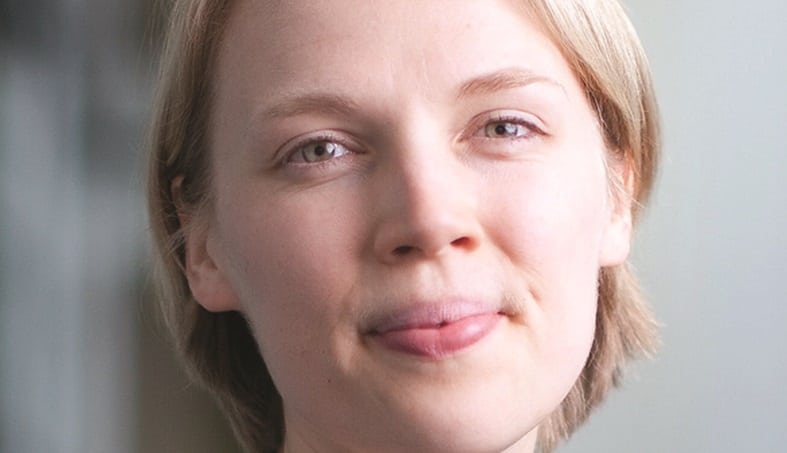On the face of it, there is little to love in the European corporate bond markets: yields are low, issuance is high and spreads have narrowed significantly since March.
Bond managers believe there is value, while multi-asset managers aren’t so sure. So, are corporate bonds simply the best of a bad lot in fixed income? Or is there real value?
‘Bargain of the century’ ended by narrowing spreads
In April of this year, corporate bond fund managers were eulogising about the opportunities. Gregoire Mivelaz, co-manager of Gam Star Credit Opportunities called them “the bargain of the century”, while Ben Edwards, manager of Blackrock Corporate Bond, said: “Probably the best value investment grade market I have seen in my career.”
See also: Large chunks of investment grade still look ‘incredibly cheap’ despite central bank stimulus
But since April, spreads on the Euro investment Grade Bond Index have moved from an average of over 200bps to under 150bps.
Admittedly, this is still higher than lows prior to the crisis, but a prudent investor might argue that there’s also still a lot of uncertainty for corporates.
Yields briefly looked appealing, but have now settled down at much lower levels.
Plenty to choose from
There has also been vast issuance. Many companies sought to borrow while they could to ensure they had enough cash to last them through a prolonged period of slow economic activity.
According to PWC, in the second quarter of 2020, there were 323 investment grade corporate bond deals amounting to €273bn (£244bn), even in the midst of a pandemic.
This slowed a little in the third quarter, but activity tends to be slower over the summer.
In contrast, high yield activity picked up in the third quarter, with €38bn and 71 issuances, compared to €34bn and 40 in Q2. This reflected some pent-up demand, following the delayed re-opening of the European high yield market post March 2020.
The overall result has been that all but a handful of corporate bond funds are in the black for the year to date. Investors are now looking at an asset class with a lower yield, where the better performance may be behind it and where supply (issuance) is abundant.
This doesn’t look like a recipe for strong performance from here.
Jim Leaviss pares back credit exposure in recent months
Certainly, some fund managers are backing away from corporate credit.
The Aberdeen Diversified Assets team, which runs the Diversified Growth and Diversified Income Strategies, has been reducing its positions in the asset class; blaming spread tightening, redeploying the capital into social and renewable infrastructure companies.
Jim Leaviss, manager of the M&G Global Macro Bond fund, says that having taken their credit exposure up dramatically in March and April, he has been paring it back in recent months.
He says: “In March, we took advantage of a lot of the new issuance, which was coming to market at a 40bps premium over existing debt from the same issuers. A huge rally followed over the course of the summer. While it is still continuing, we reduced our corporate weighting significantly in October.”
For Leaviss, the key question is whether there is sufficient compensation for default risk.
In March, he says, the market was suggesting default levels as high as 25% for investment grade and 50% in high yield. “The peak in history was 2% for investment grade, so they were saying it would be 10x higher than worst period of history.”
And now? He believes that investors are still over-compensated for defaults in investment grade, but not in high yield, even though the sector has rallied on news of a vaccine.
Not a banking crisis, says Jenna Barnard
However, Jenna Barnard (pictured), co-head of strategic fixed income at Janus Henderson Investors, is more optimistic, saying government and central bank support has made this a less eventful crisis for corporate bond markets than the previous two – 2007/8 and 2001.
In previous crises, corporate bond markets have seized up, but during the pandemic, central bank buying of corporate bonds has kept the market moving.
This has helped create the surge in issuance but has also prevented the type of liquidity squeeze that was so damaging to returns in 2007/8.
Barnard argues this has been the right time to be invested in corporate bonds: “When the initial recession hits, every risk asset goes down. Coming out of the crisis, there is this period when company management teams are focused on balance sheet repair.
“They want to prove to equity investors that they are past the worst and back on solid ground. That recovery phase of the cycle means that credit is always the asset class to be looking to buy first during a crisis.”
Certainly, the weakness in corporate dividends have amply demonstrated the solidity of the income from corporate bonds.
Barnard believes there may be further to go for the sector, with the ‘sweet spot’ sitting at BB. Here, income hovers between 3-5% and 4% and should be reliable.
Apart from some obvious problem sectors, she says, there hasn’t been a default cycle.
Equally, while aggregate debt for corporates looks high, much of it is ‘dry powder’ – designated as emergency funding until there is visibility on future growth, but largely unused.
She says: “We’re at peak leverage, peak downgrades and peak defaults, so to our mind, the outlook from here becomes easier.”
New Year reprieve?
Certainly, corporate bonds are not the bargain they were and high yield in particular has moved a long way.
Nevertheless, they are well supported by central banks, defaults remain low and the market has stayed open for business.
As such, there is little sign that they will reverse course.
Much will depend on whether corporates can keep going when fiscal support is removed, particularly for the high yield market.
If life starts getting back to normal in the New Year, the corporate bond market may have dodged a bullet.
For more insight on continental European investment, please click on www.expertinvestoreurope.com










